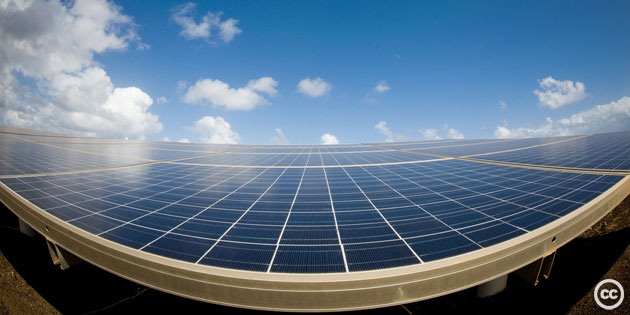The 10-year Energy Plan (PDE) for 2024 approved last week by the Brazilian government includes an objective of 8.7 GW of of PV installations. This is double that stipulated by PDE 2023, last year’s version of this energy plan.
This likewise doubles the target for utility-scale PV, which changed from 3.5 to 7 GW, as well as distributed generation installations, which grew from 664 MW in PDE 2023 to 1.319 GW in PDE 2024.
It is estimated that the next PDE, which will be developed this year, will include a higher goal for distributed PV owing to the recently launched incentive program for this type of installations. The ProGD was laid out in the report “Solar energy for Brazil and the World” published last December by Brazil’s Ministry of Mines and Energy (MME).
As of November 2015 only 32 MW of solar PV was connected to the grid in Brazil, according to the MME report. Of these, DG solar represented 10.8 MW. Roughly half of these installations have a capacity from 2-4 kW.
The largest PV plants in operation in Brazil are the Fontes I and II projects, each 5 MW in size, in Pernambuco, as well as the 3 MW Nova Aurora project in Santa Catarina.
In the plan for utility-scale PV, this year it is predicted that that the capacity in the state of Pernambuco will be determined by an auction process coordinated by the regional government and completed in two years’ time.
Otherwise, between 2017and 2018 it is expected that more than 3 GW of utility-scale solar PV projects will come online under contracts that were awarded as part of national electricity supply auctions held over the last year and a half.
Finally, the National Energy Plan to 2050, which is currently under development, predicts that 18% of Brazilian homes will host PV systems in 2050. These installations are expected to generate around 45 terawatt-hours, which would meet 13% of the electricity demand in the nation.
